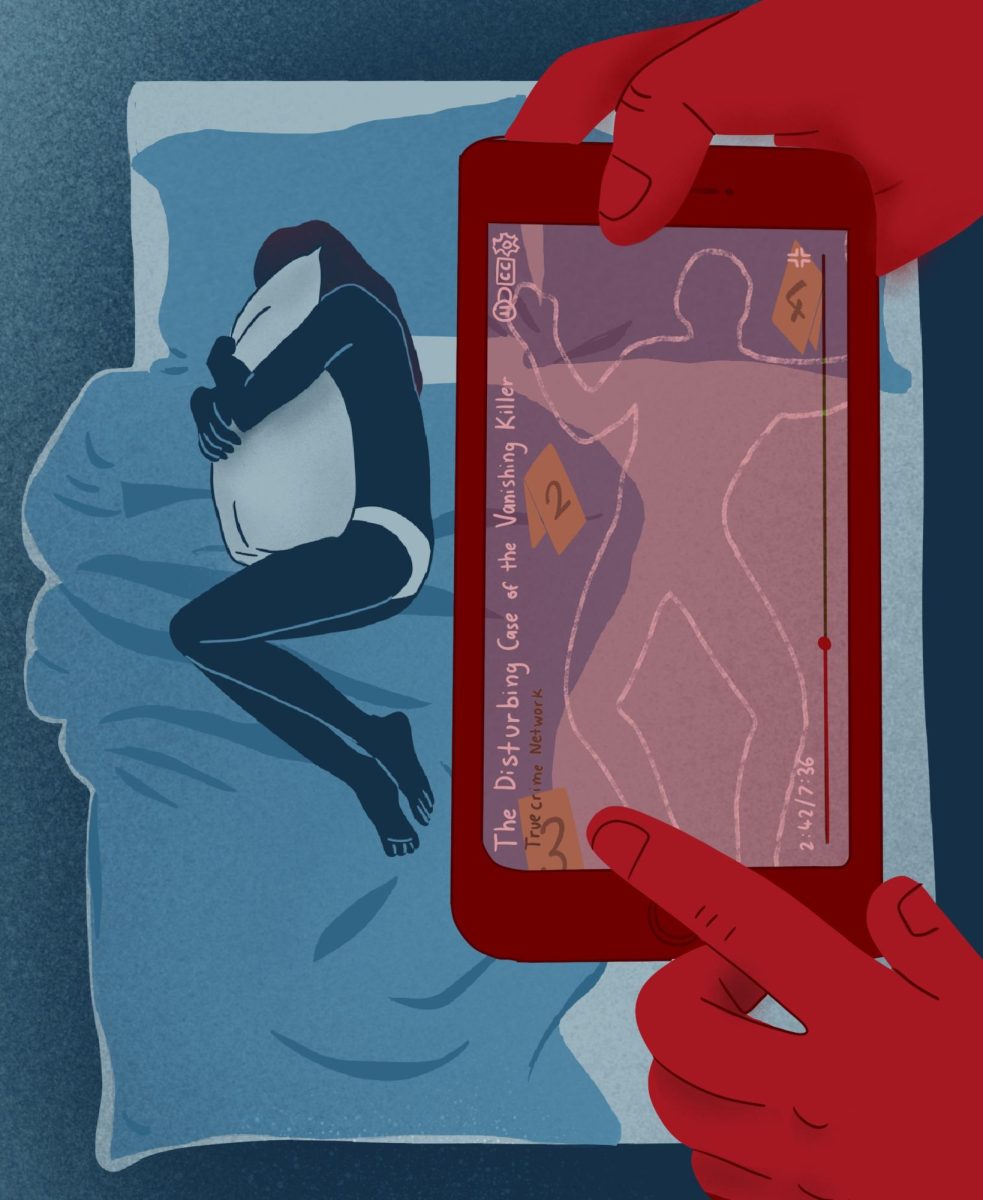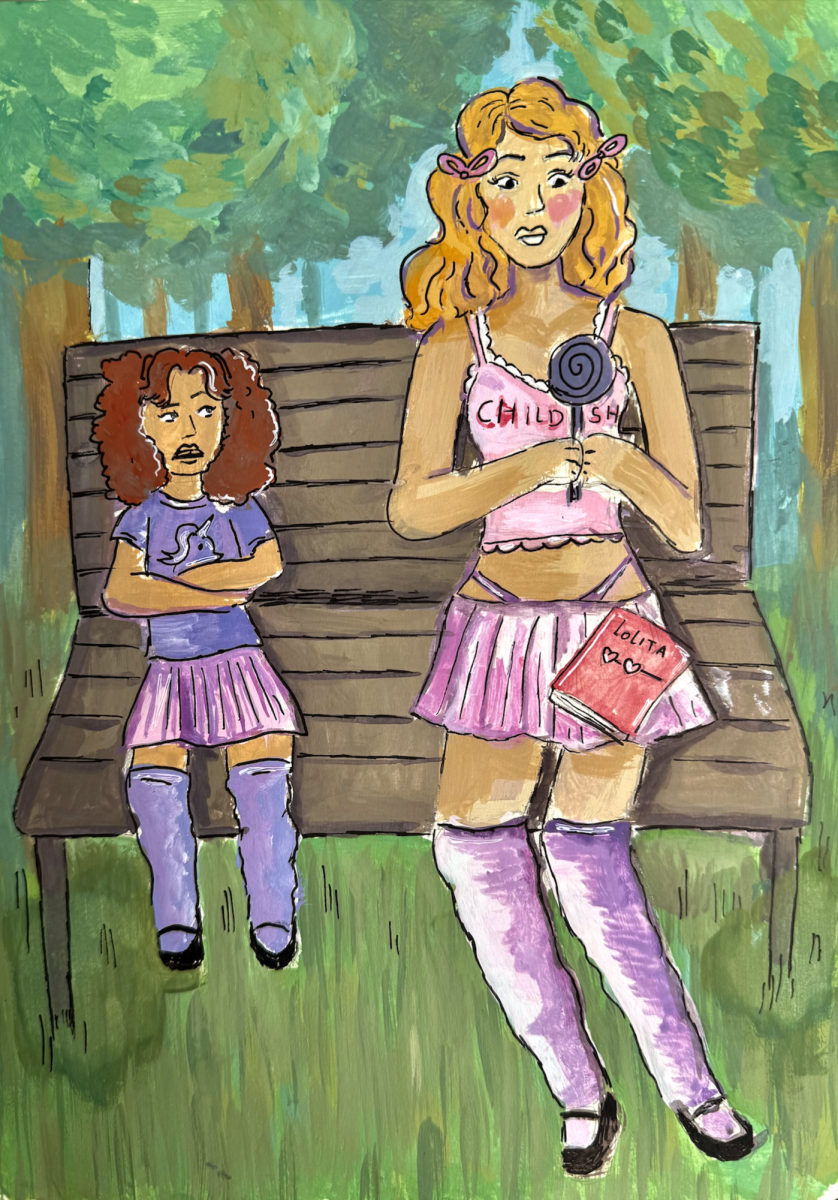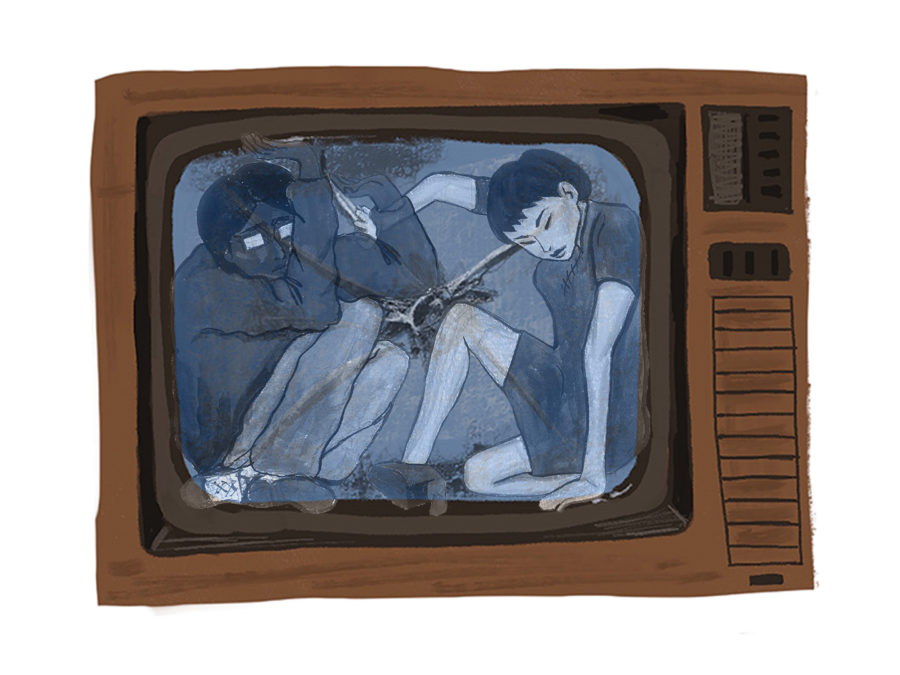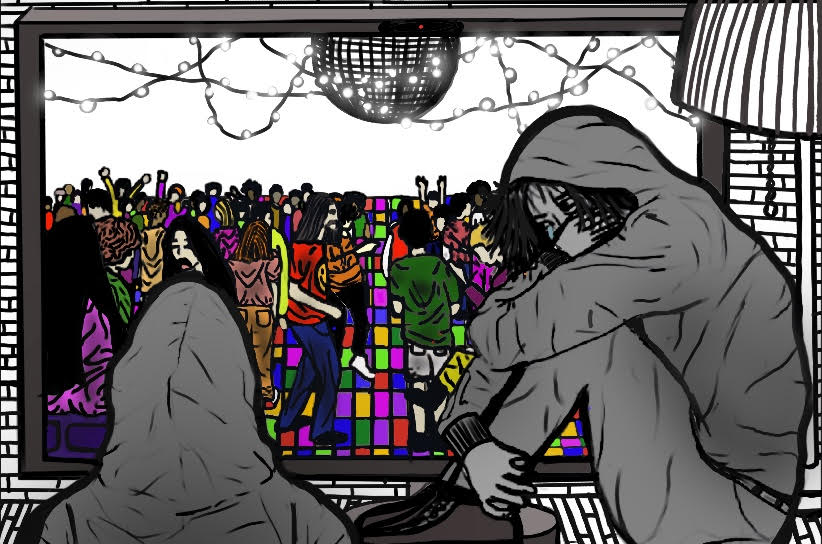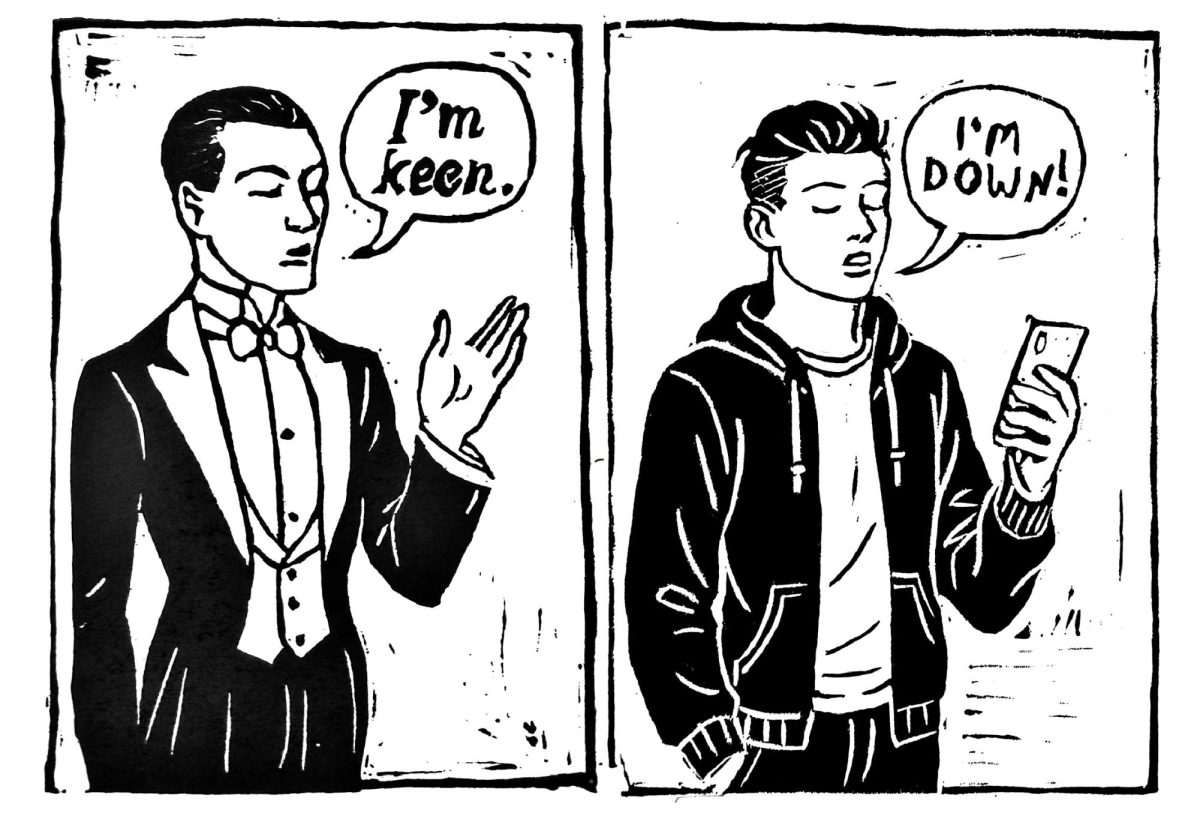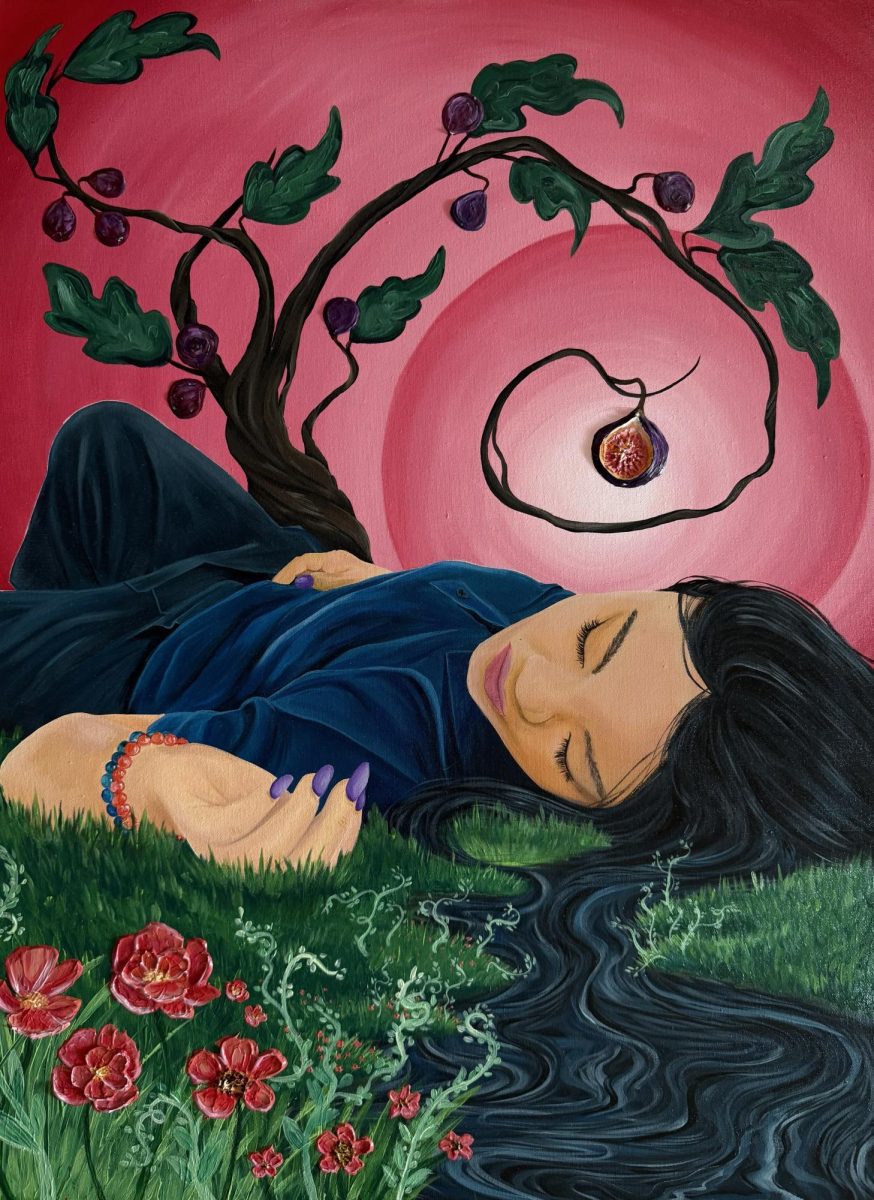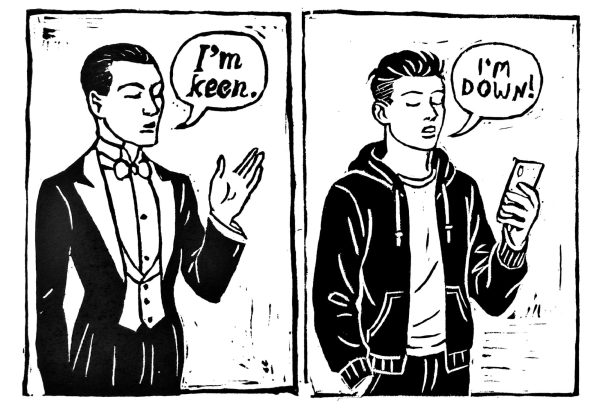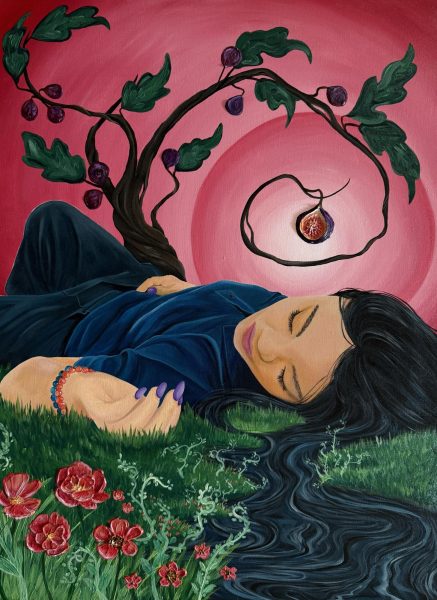Pressured to Pucker
The sexist holiday tradition of mistletoe overrides and under-acknowledges consent.
Christmas. The most wonderful time of the year. Snow caps the tree tops, and the smell of cookies, and age old tradition fill your home. Traditons like lighting the christmas tree, watching movies, and waiting for a girl under the mistletoe. But wait— mistletoe is a ritual that has been sexist since its origin and remains problematic in today’s feminist climate.
The association of mistletoe with love dates back as far as the 1st century AD in the Celtic tribes of central Europe. The plant demonstrated resilience to frost in the harshness winter, which sparked hope within the upper classes of the tribes and became a symbol of vivacity, prosparity, and love. However, it wasn’t for another 1,700 years that the plant would become a harmful yet regular aspect of Christmas celebrations.
Currently, there is no consensus on how mistletoe went from a sign of resilience to a Christmas decoration, though it is generally decided that its romantic connections stem from 18th-century English nobility. Here, their house staff began to hang mistletoe from doorways hoping to “steal a kiss” from the young women who walked below it. As this practice turned tradition it trickled down to the middle class, out of England, and a set of expectations or rules were attached to it.
If a man and woman are caught under the mistletoe, they must kiss as to abide by the social laws of Christmas.
A man may wait underneath the mistletoe in hopes of stealing a kiss and may remain obscured from view while doing so.
A woman refusing a kiss is a breach of social obligation, and she is left with a year of bad luck.
This tradition was implemented during a time and place where the livelihoods of women were largely dependent on men. Unfortunately, marriage for women was one of the only roads to financial security, and agreement was one of the only roads to marriage.
While a simple peck underneath the mistletoe was not solely the deciding factor for a woman’s well-being, it did put women in a position where they were obligated to accept and reciprocate something that was, in many cases, involuntarily and a result of social expectations.
Today, despite living in an age where women are more empowered and men are more informed, the tradition of mistletoe and the expectations persist. In the roughly 400 years since the tradition originated, the the ambiguity between enthusiastic agreement and explicit refusal has thickened.
Social pressures with the goal of a womens complience are damaging in any situation, and it’s normalcy is perpetuated through this ritual. But why, in 2022, does this tradition remain? Why, in an era of awareness and accountability, do we continue to “steal kisses” from reluctently compromising young women? To put it simply; mistletoe is an excuse to exploit this grey area of consent under the guise of Christmas gaiety.
This tradition is problematic in itself, but it also preserves the idea that women are expected to acquiesce to physical or intimate propositions, which may lead to a distorted male perspective of women and consent.
It trains men to expect consent. It proves to men that women and their consent are attainable with a single drop of pressure. It perpetuates a girl’s feeling that “I can’t say no” and a man’s thinking that “she won’t say no.”
This tradition is sexist in its origins and continues to spread its subtle disrespect. When refusal is regarded as taboo, when will a simple “no” be socially accepted? This “romantic” tradition is lined with social pressure that manipulates our consent and male expectation going forward.
Still fascinated by the world around her, Brooke continues to make writing a priority in her life. However as a third-year veteran and newly appointed...
Despite her love for art, Rachel was always hesitant to share it. But ever since the first illustration she submitted for the magazine as a contributing...




